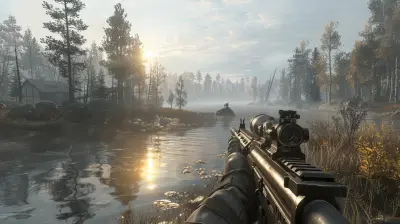The Birth of First-Person Shooters: A Look at Wolfenstein 3D
19 August 2025
Let’s rewind the clock back to the early ’90s. The internet was barely a thing, floppy disks were the go-to storage, and gaming? It was just starting to find its groove. Now, jump into a time when pixelated textures and MIDI soundtracks were all the rage—and welcome to the world of Wolfenstein 3D. This iconic game didn’t just entertain; it sparked an entire genre. First-person shooters, or FPS for short, owe a lot to this chunky, Nazi-blasting classic. So grab your pixelated machine gun and let’s dive into the gritty, glorious birth of FPS gaming.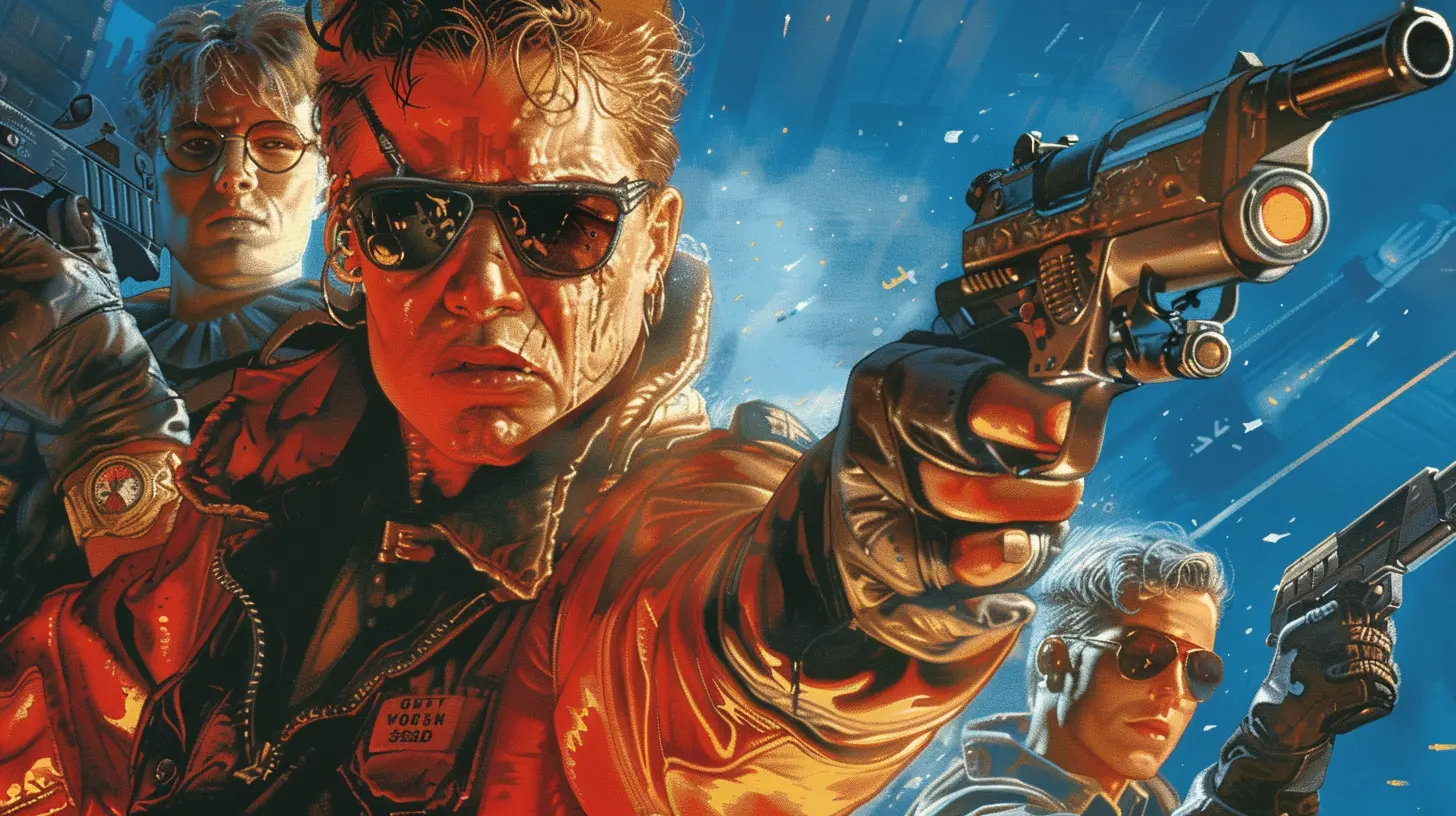
What Is a First-Person Shooter, Anyway?
Before we deep-dive into Wolfenstein 3D, let’s get one thing straight—what exactly is a first-person shooter?An FPS game lets you view the action through the eyes of your character. You’re not looking at your character from above or the side. Nope—you’re seeing exactly what they see. You're the one holding the weapon, pulling the trigger, and exploring the world, one frame at a time. It’s immersive, it’s intense, and when done right, it’s downright addictive.
Games like Call of Duty and Halo? Yeah, they’re the modern rockstars of the FPS scene. But it all started with a humble title in 1992—Wolfenstein 3D.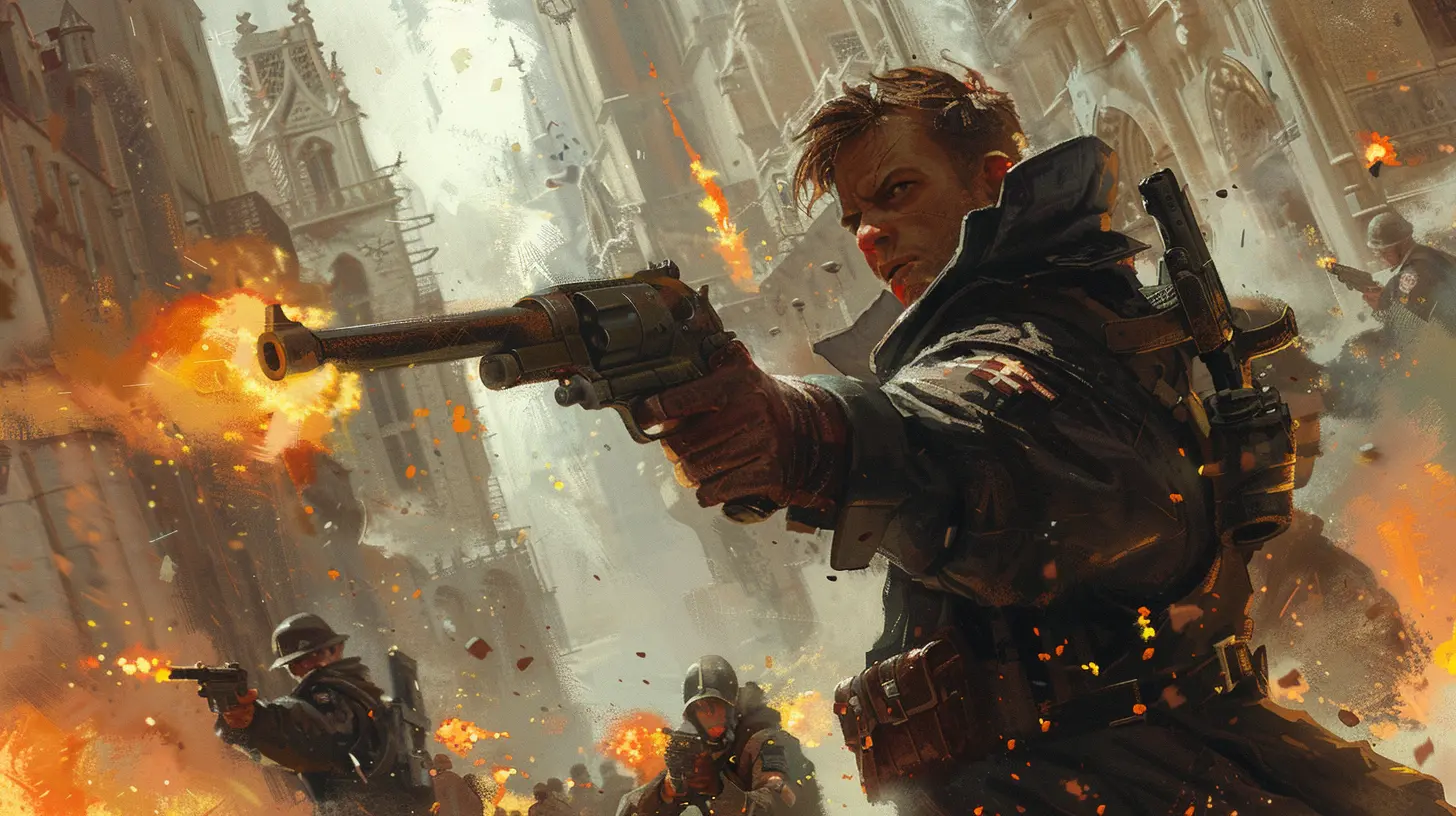
The Gaming World Before Wolfenstein 3D
Before Wolfenstein 3D rocked the gaming universe, the industry was still figuring out what 3D even meant. Most video games were top-down or side-scrolling and completely flat. Remember Pac-Man? Or Mario? Fun, yes. First-person? Not even close.There were attempts at 3D-style games, but none really cracked the code on immersive first-person action. Gamers didn’t yet know the unique thrill of peeking around a corner, heart racing, not knowing what was about to jump out.
The technology just wasn’t there—until it was. And that’s when a small team decided to change everything.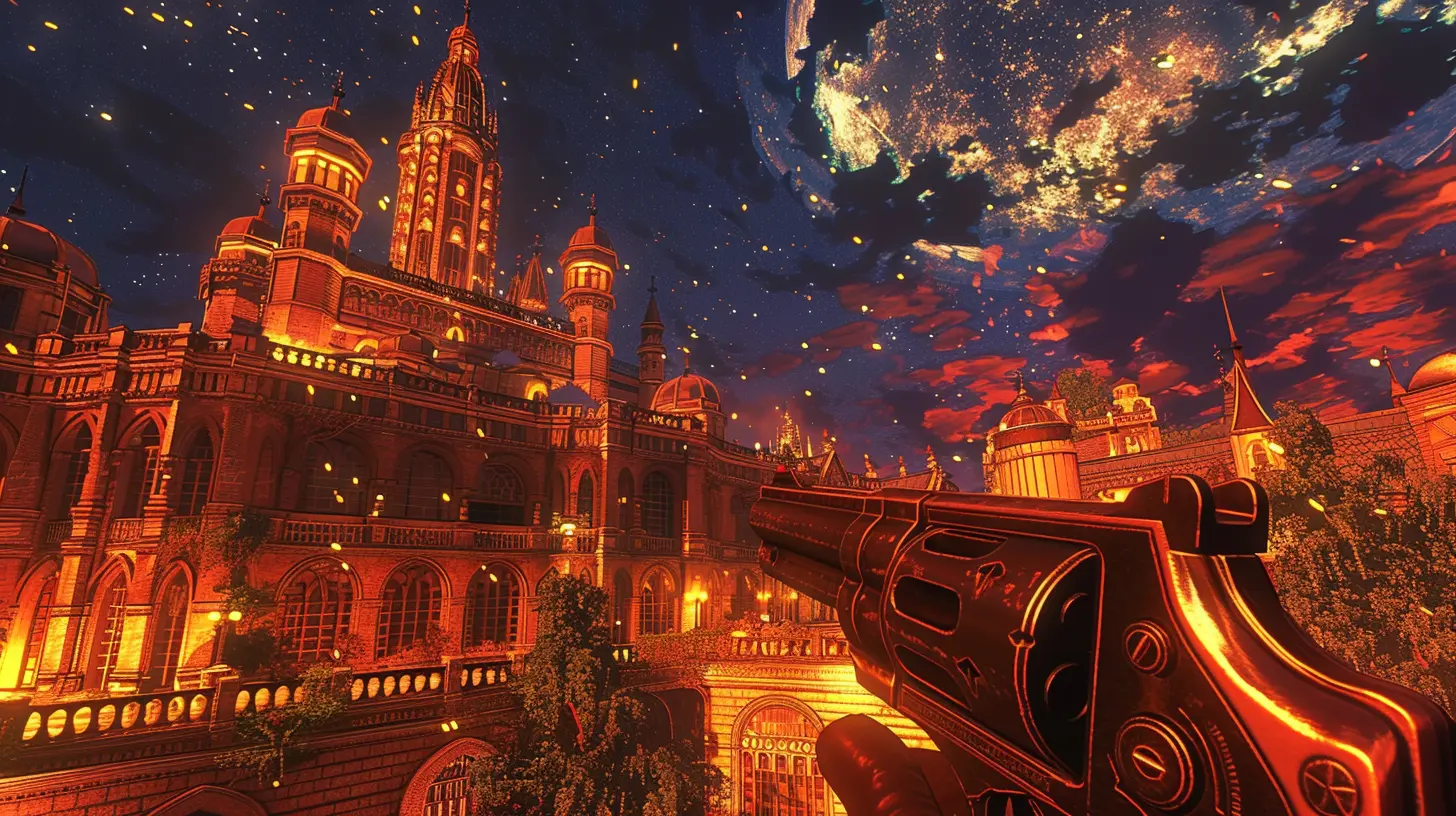
Enter ID Software: The Rebels of Game Development
If you’ve heard the name id Software before, you already know that these guys didn’t follow the rules. Founded by industry rebels like John Carmack and John Romero, id Software was the garage band of early gaming—scrappy, brilliant, and hell-bent on shaking things up.They had already made a splash with Commander Keen (a charming side-scroller), but they wanted more. Carmack had been experimenting with new game engines capable of simulating 3D environments at lightning speed. Then Romero added his flair for design, and the rest of the team brought the world to life. The result? Gaming history.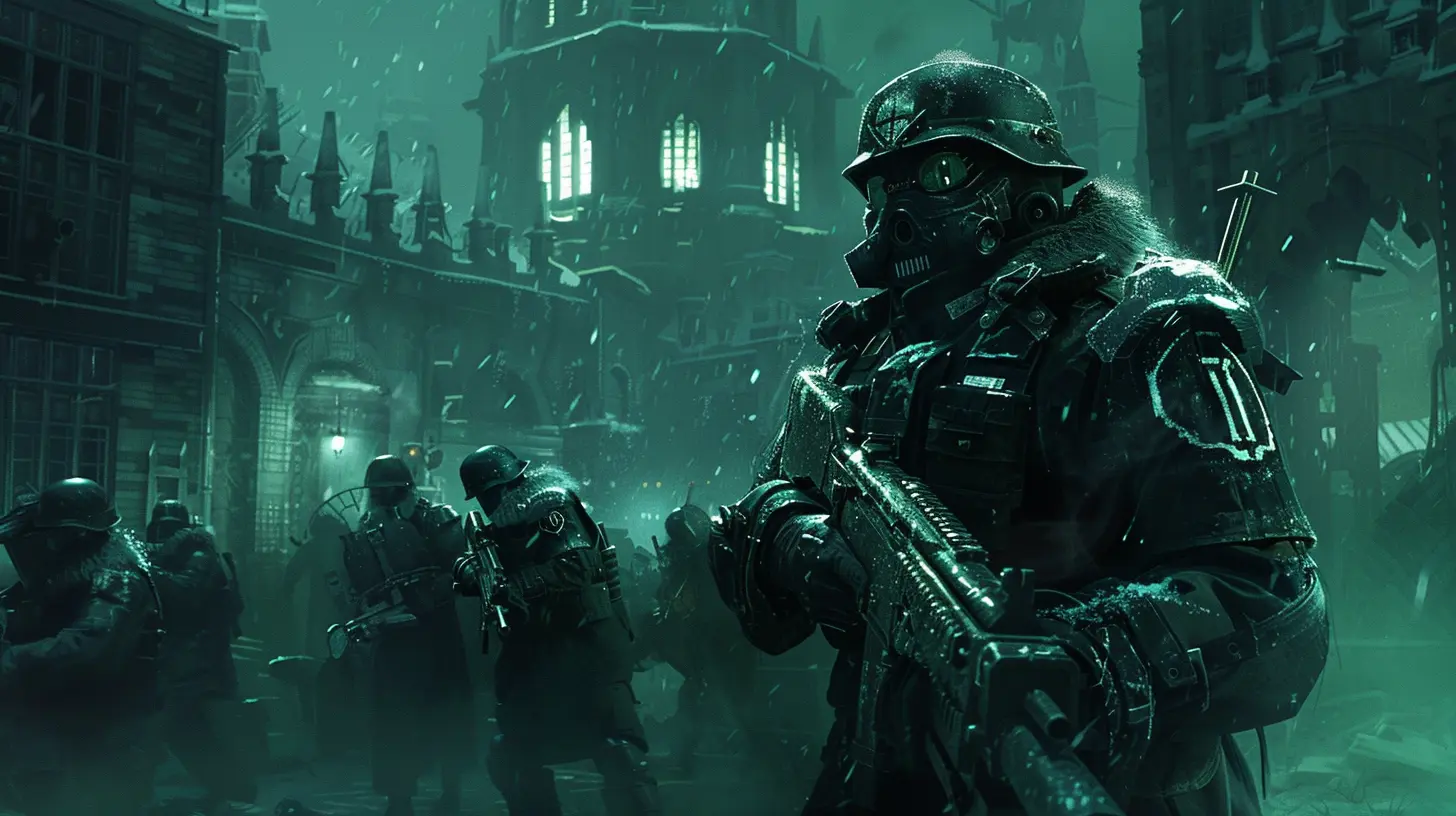
Wolfenstein 3D: The Game That Changed Everything
Released in 1992, Wolfenstein 3D looked nothing like the games people were used to. Gone were the static backgrounds and flat maps. Suddenly, players were moving through 3D corridors, equipped with guns, blasting Nazis in a maze of metallic doom.You're B.J. Blazkowicz, an American spy trapped in Castle Wolfenstein. Your mission? Escape the castle, take down the Nazi regime, and survive wave after wave of enemies. Sounds simple, right? But at the time, it was revolutionary.
Not only did the game feel faster and more immersive, but it introduced a whole new level of intensity. Every hallway was a potential trap. Every new room held secrets, surprises, or straight-up danger. And man, let’s not forget that final boss encounter—it was epic.
Innovative Features That Set Wolfenstein 3D Apart
So, what made Wolfenstein 3D the godfather of FPS games? Let’s break it down.1. Fast-Paced Gameplay
Up until this point, most games were slow-paced by today’s standards. Wolfenstein 3D flipped the script. It was all about speed—run, gun, live. Want to camp in a corner and think about your next move? Forget it. This game kept the adrenaline pumping.2. Immersive First-Person Perspective
The first-person view wasn’t just a gimmick—it was the core experience. It placed players directly in the boots of B.J. Blazkowicz. You felt like you were the one storming enemy bunkers and dodging bullets.3. Smooth Graphics Engine
John Carmack’s genius engine allowed for smooth movement and fast rendering, something unheard of in 1992. Sure, the walls were flat-colored, and the textures repetitive, but back then, this was cutting-edge stuff.4. Sound That Slapped
The sound effects in Wolfenstein 3D were simple but effective. Gunshots echoed, guards screamed in German, and the music? It heightened the tension without even trying too hard. You knew something bad was about to happen just by the soundtrack’s switch-up.Controversy Meets Creativity
Yep—Wolfenstein 3D didn’t just revolutionize gaming; it stirred up some serious controversy too.The game prominently featured Nazi imagery, swastikas, and even Hitler himself as a boss villain. While the intent was clearly anti-Nazi, and the goal was to obliterate them, the choice to include such elements caused a stir. In fact, the game was banned in Germany for years because of it.
That said, the controversy only fueled the curiosity around the game. Who knew pixel art could pack such a punch?
Laying the Foundation for Future FPS Giants
Wolfenstein 3D was the spark. But the fire? That came later with titles like DOOM and Quake—also by id Software, by the way. These games took everything Wolfenstein introduced and turned it up to 11.DOOM: The Next Evolution
Released in 1993, just a year later, DOOM took the FPS formula and added a demonic twist. It pushed the genre forward with better graphics, multiplayer LAN support, and even faster gameplay. Without Wolfenstein, DOOM wouldn’t exist. Period.Quake: Going Fully 3D
Quake turned the genre from pseudo-3D (what Wolfenstein and DOOM used) to fully 3D-rendered environments. It was another milestone, one that wouldn’t have seen the light of day if Wolfenstein hadn’t paved the way.Wolfenstein’s Legacy in Modern Gaming
Even now, Wolfenstein 3D’s DNA is in every FPS you play. Whether you're sneaking up on enemies in Call of Duty or sprinting through an alien base in Destiny, the roots are undeniably there.The Wolfenstein franchise itself has also made a comeback. Titles like "Wolfenstein: The New Order" and "Wolfenstein II: The New Colossus" have breathed new life into B.J.’s legacy—mixing modern graphics with brutal, retro-inspired action.
And let’s be real—blasting Nazis in 4K with surround sound? Still wildly satisfying.
Fun Facts You Probably Didn’t Know
Alright, let’s lighten it up with a few nuggets of trivia:- Wolfenstein 3D was originally shareware. Yeah, the first few levels were free!
- The developers worked insane hours—sometimes over 100 hours a week.
- The game inspired dozens of clones, from Blake Stone to Rise of the Triad.
- It spawned the term “Doom clone” before the term “FPS” even existed.
- There’s a Super Nintendo version—toned down, of course. Less blood, fewer swastikas, and no dogs.
Why We Still Talk About Wolfenstein 3D
So, why does this blocky, old-school shooter still loom large in gaming discussions?Because it was the first to really nail that feeling. The rush of turning a corner and not knowing what’s waiting. The satisfaction of hearing a perfectly-timed gunshot. The sense of urgency, of power, of being the hero in your own action movie.
It wasn’t just a game. It was a blueprint.
Final Thoughts: The Legacy Lives On
Wolfenstein 3D didn’t just show up and change things temporarily—it laid down the tracks for a genre that would explode in popularity. From the gritty battlefields of Call of Duty to the futuristic chaos of Halo, every FPS owes a debt to that pixel-perfect trip through Castle Wolfenstein.So next time you’re enjoying a modern shooter with beautifully rendered graphics and Dolby Atmos sound, take a moment to thank the chunky pixels and garbled German of yesteryear. Because without them, you wouldn’t be fragging enemies today.
all images in this post were generated using AI tools
Category:
Retro GamesAuthor:

Brianna Reyes
Discussion
rate this article
1 comments
Wolf Middleton
Great insights on FPS origins! Wolfenstein 3D truly revolutionized gaming!
August 30, 2025 at 2:41 AM

Brianna Reyes
Thank you! I appreciate your feedback and agree—Wolfenstein 3D was a game-changer in the FPS genre!

